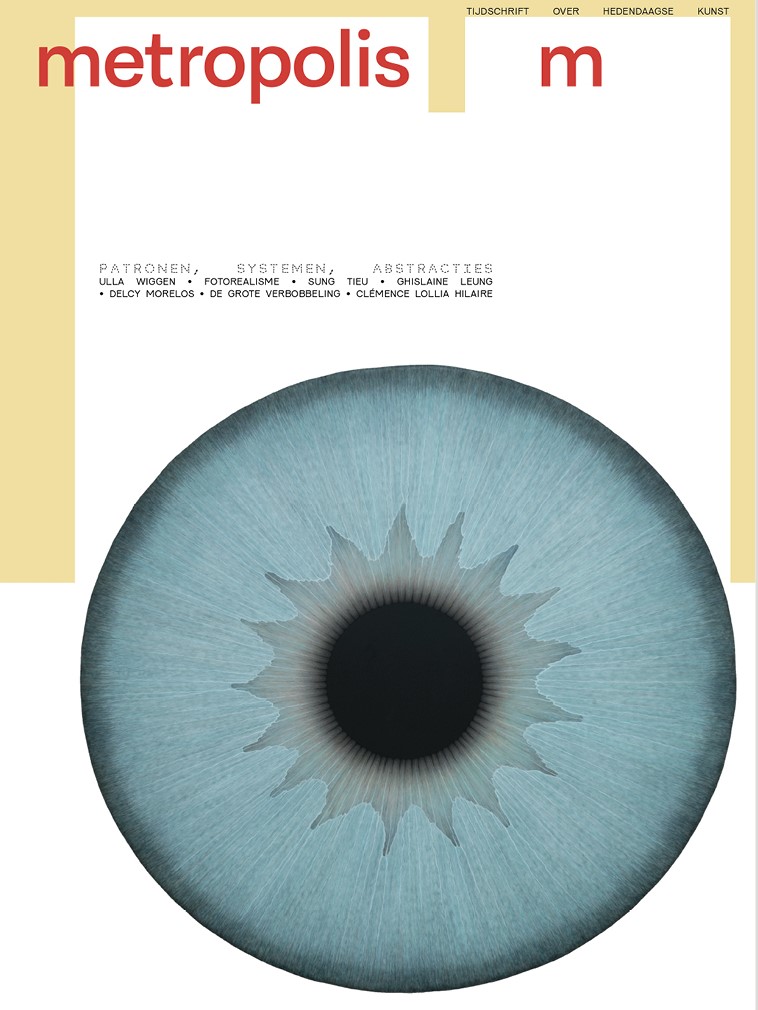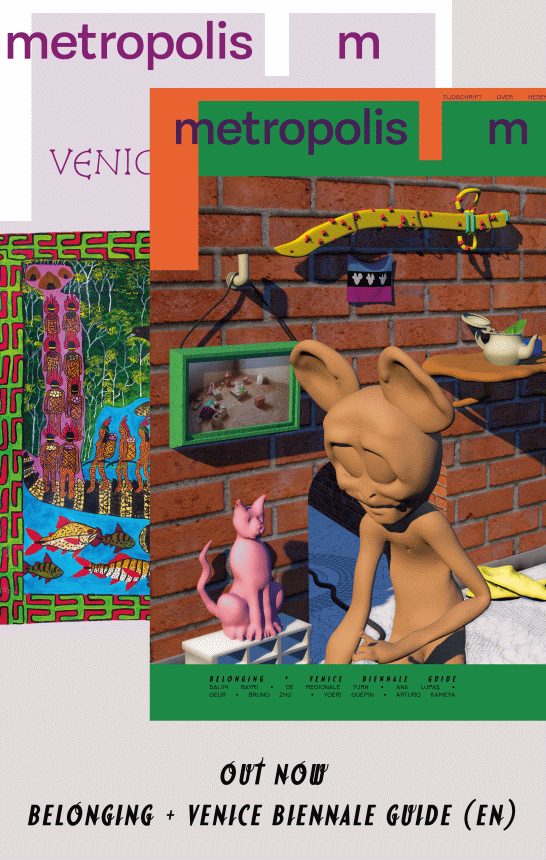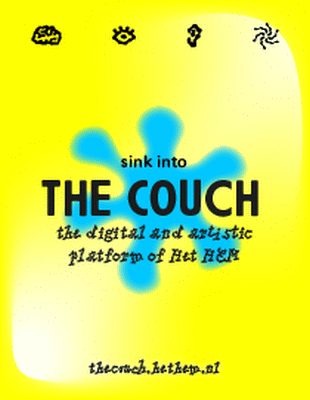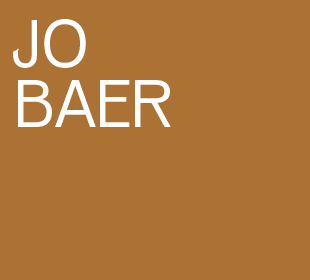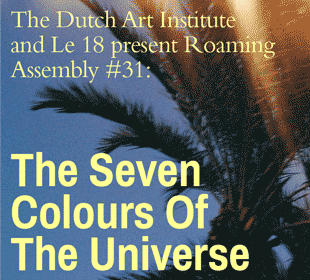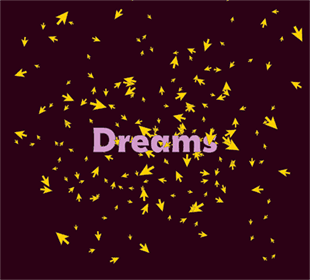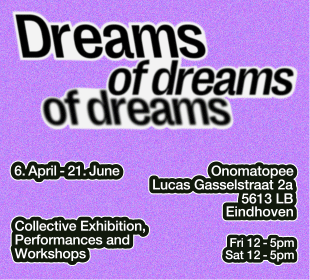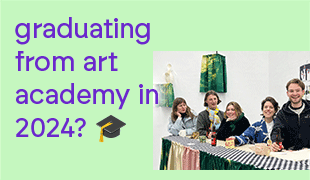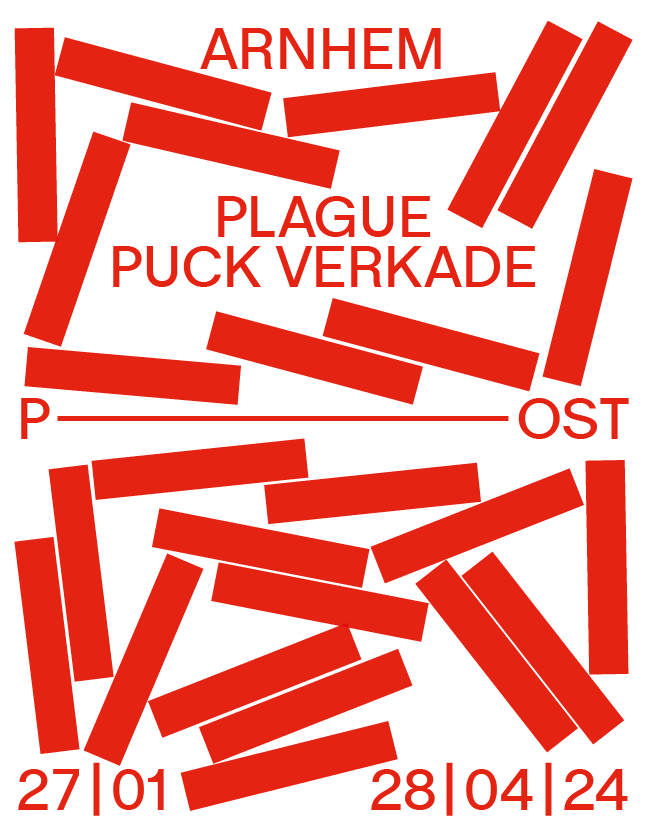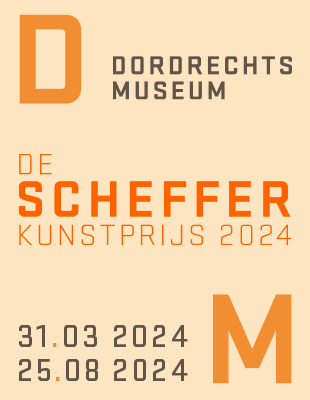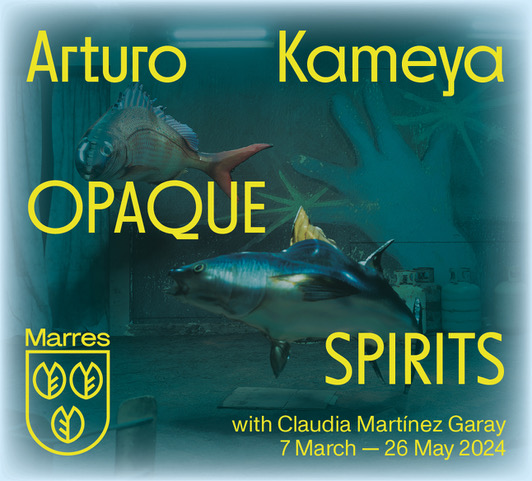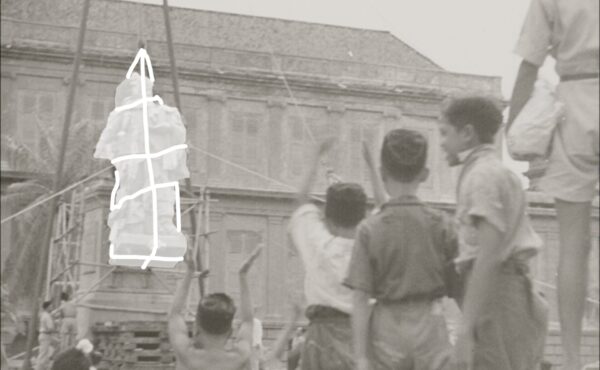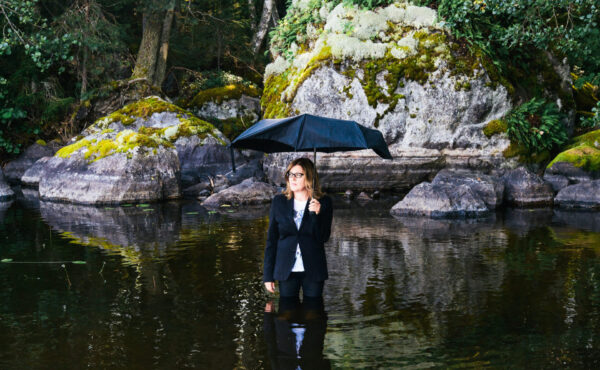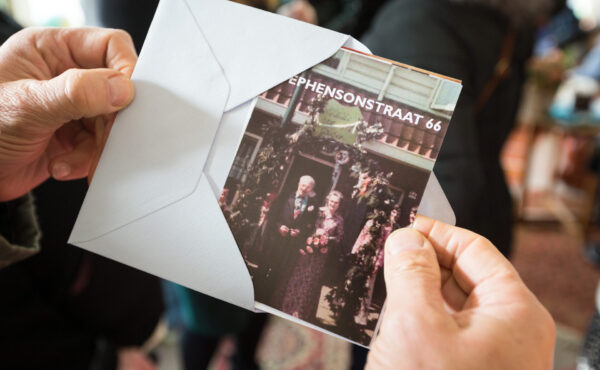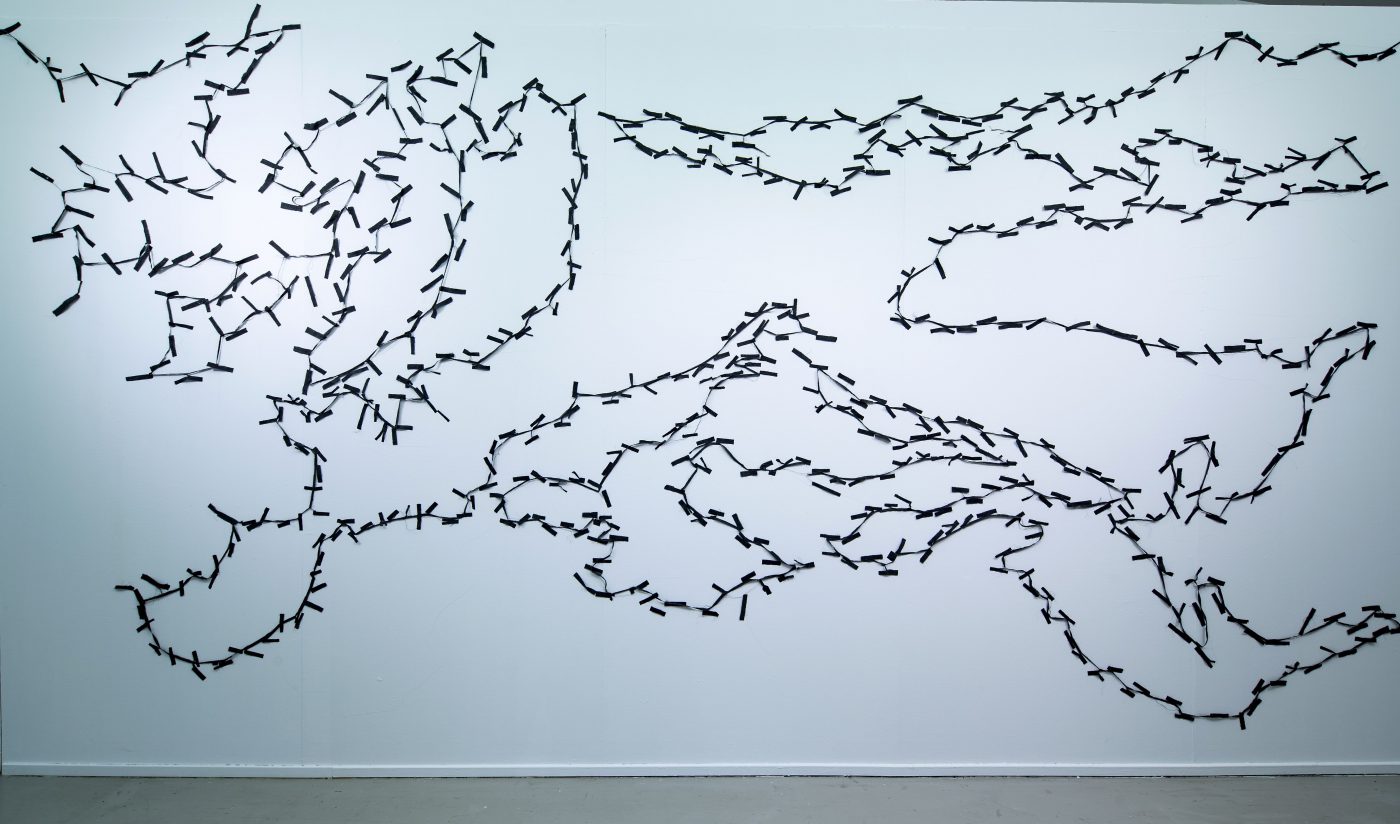
Luis Rold, Permutados, Here/Now, Framer Framed,courtesy Framer Framed
When violence is always close – Carolina Ponce de León and Madelon van Schie on contemporary Latin American art
Both Framer Framed / Beautiful Distress House and gallery tegenboschvanvreden currently present shows with a focus on art from Latin America. Jorne Vriens meets up with the curators Carolina Ponce de Léon and Madelon van Schie to discuss how the current social situation is of influence to the art scene.
Carolina Ponce de León’s show Here/Now with work from Colombian artists has recently opened in two locations in Amsterdam-Noord: Framer Framed and Beautiful Distress House. And, on the other side of the IJ, Madelon van Schie’s show Rivers flow out of my eyes, an exhibition in three chapters with work from sixteen Latin American artists, opened at tegenboschvanvreden last weekend. It is clear: Latin American art abound in Amsterdam these days. Jorne Vriens meets up with both curators to gain insight into current developments of Latin American contemporary art.
What is the underlying theme in your respective exhibitions?
The Colombian conflict runs throughout this exhibition. We decided early on that we would focus on artists dealing with socio-political issues. While the people of Colombia have always known turmoil, the experience of trauma intensified some thirty years ago. After a period of relative financial stability, there was hope of the emergence of a middle class – and all the comfort involved. The drug cartels infiltrated the conflict and ended all hope, instead taking the country hostage. A generation of artists reacted to this havoc by reflecting on violence and creating works that helped mourn the dead. Later on, a generation emerged that was born into conflict and couldn’t imagine another state of affairs. This last generation took a more critical stance towards the political context marked by scandal and corruption. Interestingly, a lot of younger artists have chosen not to take up the theme of instability and political chaos in a direct way. But, a more autonomous form of art that follows after more socially engaged practices, still is a testimony to the problems Colombia faces and cannot be seen as separate.
I present the variety of ways in which artists from Latin America address pasts that have been marked by dictatorships, civil wars and violence. In what language do artists from the region speak about the unspeakable, how do they reflect on that trauma? When asked to make an exhibition with art from Latin America I immediately knew what I wanted to present. As I think there is a natural process of dealing with these histories, from concrete and direct responses to more poetic and indirect reflections, I chose to work with three stages that indicate this sequence. All the while highlighting different dimensions of artistic responses to the past. The exhibition explores the idea of inheritance of trauma and the past as revisited via the body. Art as a trigger of memory is important too; the importance of not forgetting in order to avoid repetition. For instance, almost half of the population in Brasil was born after 1985, and has therefore no direct experience with the dictatorship, which ended that year. The attitude to mourning in non-western philosophies and the ethics related to working with themes like this interests me.
Madelon, I think your exhibition is more concerned with trauma, whereas mine tries to deal with artists’ responses that range from an aesthetics of mourning to more critical perspectives.
My show also explores what comes after mourning. There are works that focus on the social division within nations after traumatic periods, on ways of finding new grounds and breaking the silence and apathy.
What is the role of the artist in dealing with violence and mourning?
When I visited Colombia, artists told me that they were tired of being expected to reflect on the political situation, or violence, but to speak and represent remains important for them; to acknowledge what happened, even though this history might be presented in an indirect manner.
Artist are conducting their own form of research into Colombian history and its relation to violence. Many make statements that are profound and yet present them in a poetic manner.
Madelon van Schie: 'My show also explores what comes after mourning'

Marcos Ávila Forero, Landázuri, 2013, Rivers flow out of my eyes, courtesy tegenboschvanvreden

Adriana Ciudad, Allá nos veremos sin sombra y sin faz, 2018, Rivers flow out of my eyes, courtesy tegenboschvanvreden
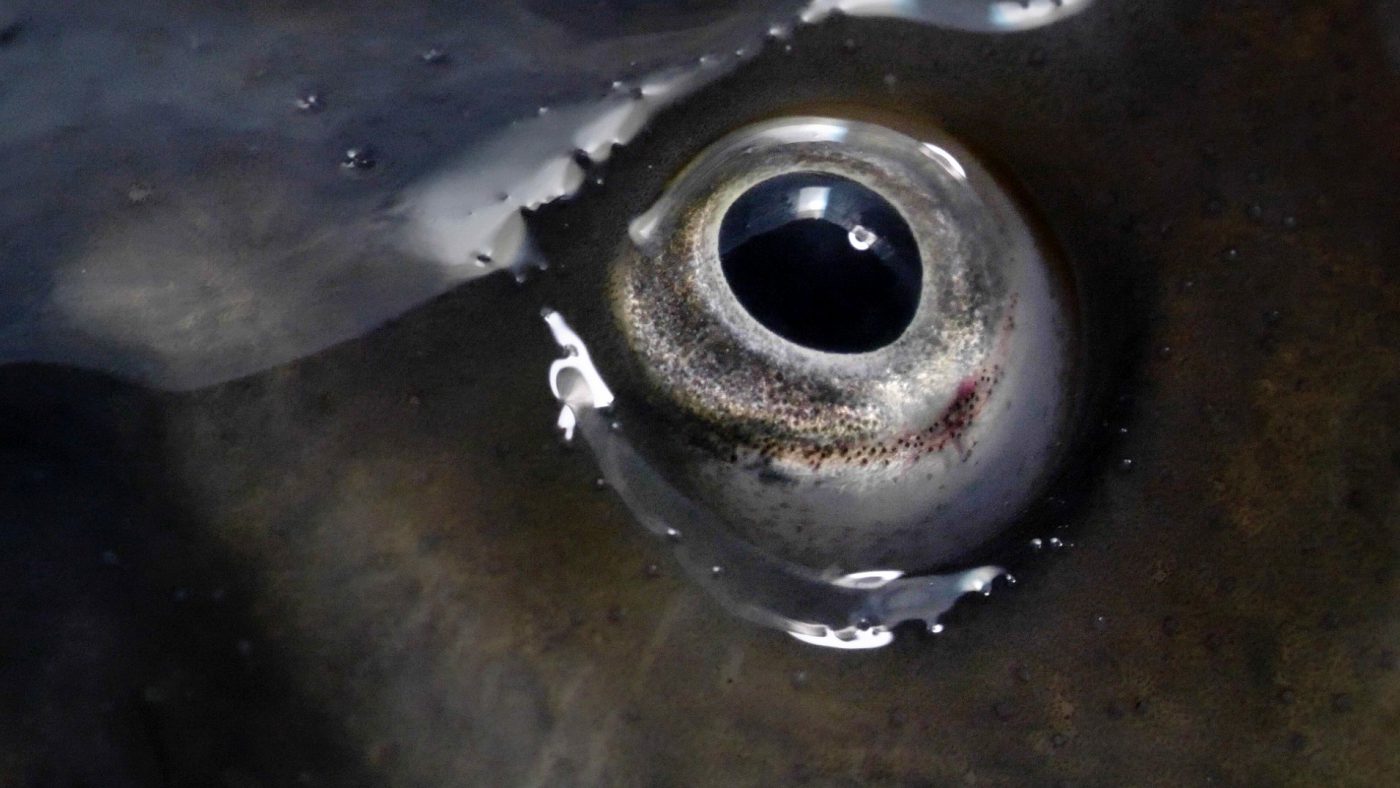
Video still. Maya Watanabe, Stasis, 2018, Rivers flow out of my eyes, courtesy tegenboschvanvreden
Recently there has been a lot of interest in Brazilian, Cuban and, most notably, Colombian art. How would you explain this increased attention?
Art from this region is not well represented in European collections, except maybe for Spain. Historically, Colombian art has not had strong ties with European institutions and collections, but that is something that is changing as many museums are hiring Latin American advisors to help fill this void.
I think it is partly due to market logic. With prices rising in the U.S. and in Europe, buyers are simply looking for places where they can buy work from emerging artists at lower prices. And then of course the increase in interest is a testimony to the wish to diversify by looking beyond the limited borders of the Western world and to revise the canon.
Carolina Ponce de León: 'Artist are conducting their own form of research into Colombian history and its relation to violence. Many make statements that are profound and yet present them in a poetic manner'
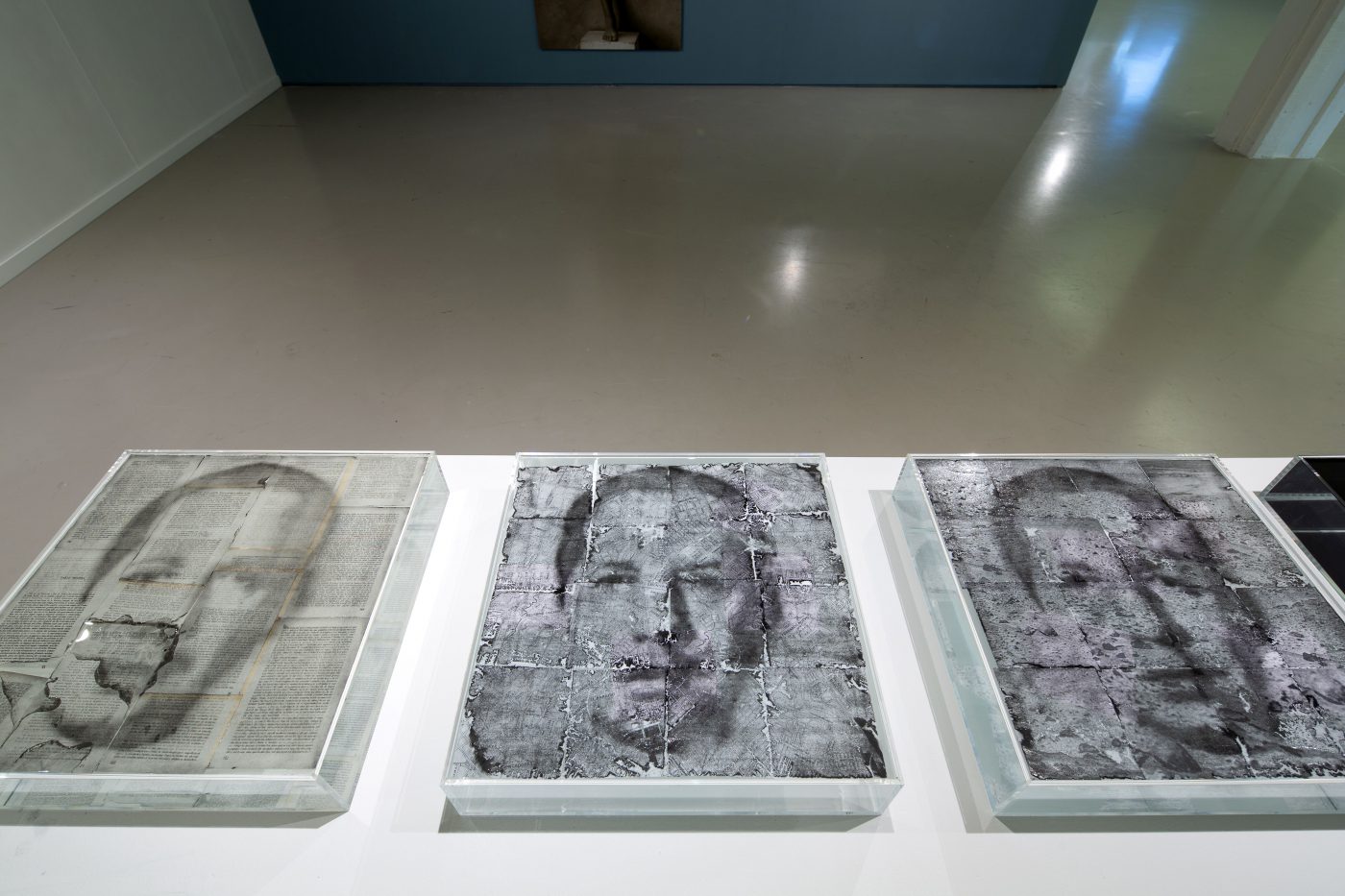
Oscar Muñoz, Narcisos, Here/Now, Framer Framed, courtesy Framer Framed

Work by Carlos Villal titled FARC 10th National Conference at Framer Framed, courtesy Framer Framed
What can the average Dutch viewer learn from these artworks?
The language of art can have effects in many ways.The viewers will relate to the works from their own perspective. Even if people do not understand the context of a work completely, as the topics might be remote and unknown to the public here, they can still grasp a general emotion.
The trauma speaks on a general level to all those who are familiar with suffering. During the installation of the work in Amsterdam I saw for the first time what the effects of the images were on people unfamiliar with the political situation. For me it is different, I am Colombian. Violence is always close, that’s why we have developed a higher level of tolerance.
As a Dutch curator, how do you relate to that Madelon?
I haven’t been subject to this very real threat of violence of course, but I saw a lot of it indirectly via these artworks. I would say my approach is more explorative. My hope is that I can replicate the enthusiasm I felt when I first saw the quality of art from Latin America.
There are different ways of approaching and presenting these works. All artists want to be understood beyond the local. Presenting these works in different contexts or with the perspective of an international curator is also very important.
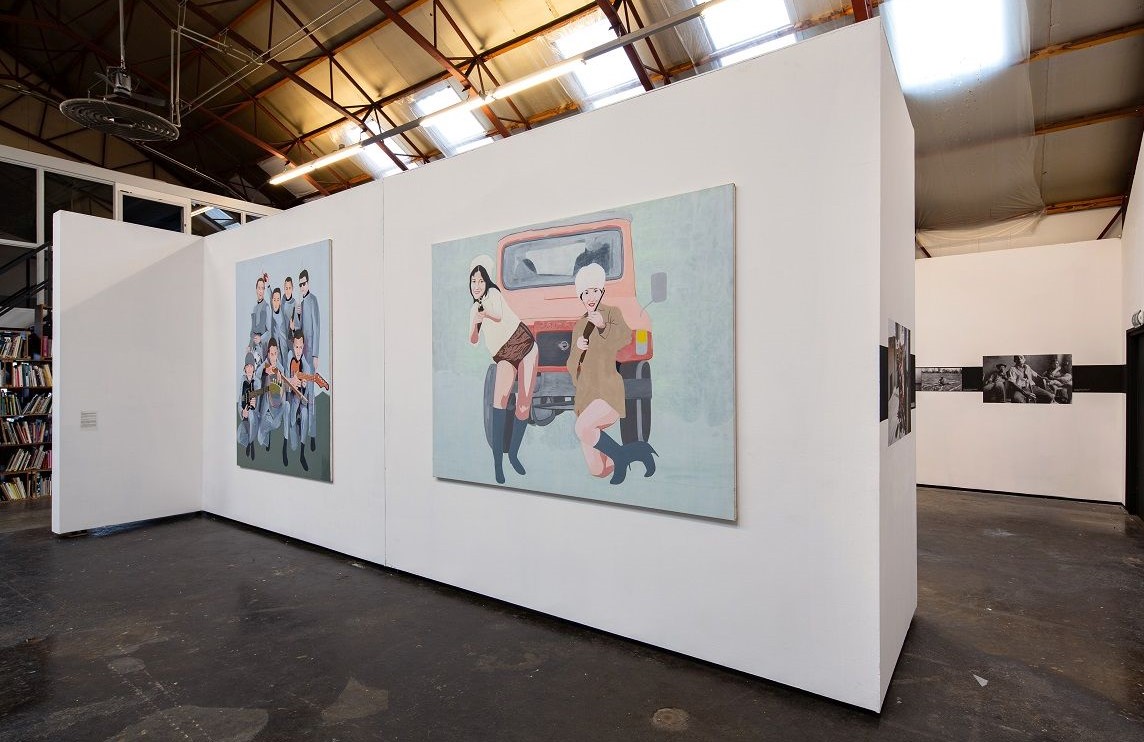
Work by Wilson Díaz in Here/Now at Beautiful Distress House, courtesy Framer Framed
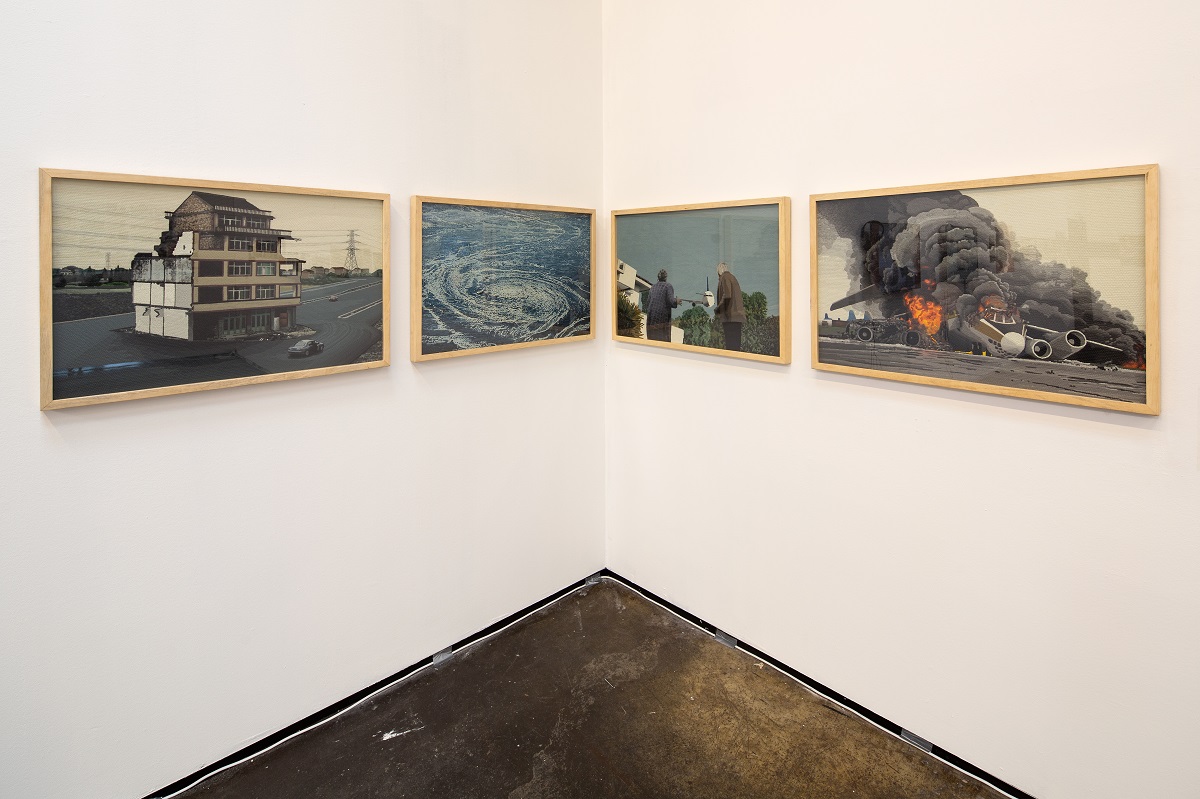
Work by Diego Piñeros García in Here/Now at Beautiful Distress House, courtesy Framer Framed
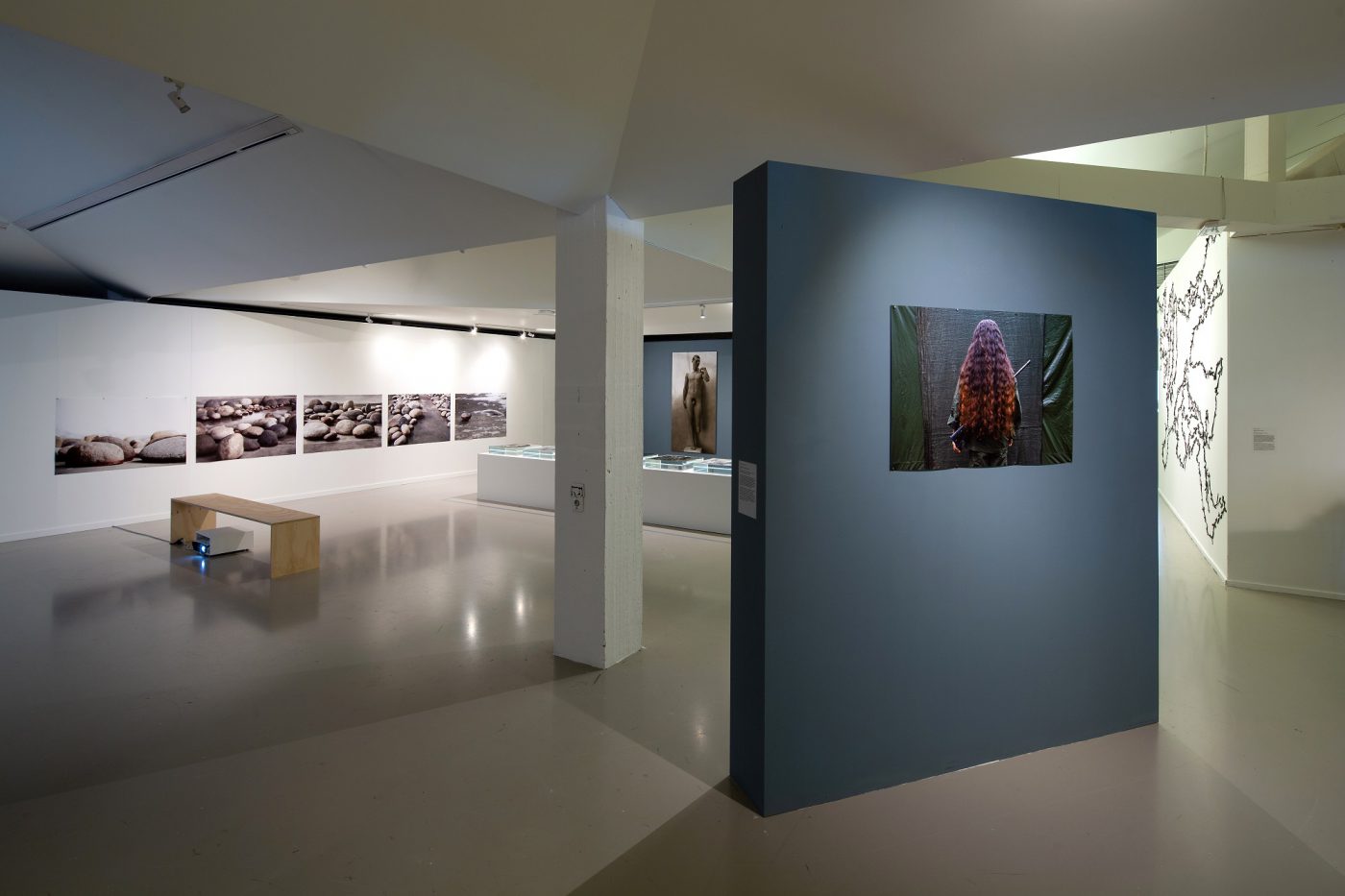
Exhbition overview of Here/Now at Framer Framed, courtesy Framer Framed
Here/Now, curated by Caroline Ponce de León, is on show in Framer Framed until 30.06.2019 and in Beautiful Distress House until 04.04.2019
Rivers flow out of my eyes, curated by Madelon van Schie opens 23.03.2019 and is on show in Tegenboschvanvreden until 27.04.2019
Jorne Vriens
is kunsthistoricus